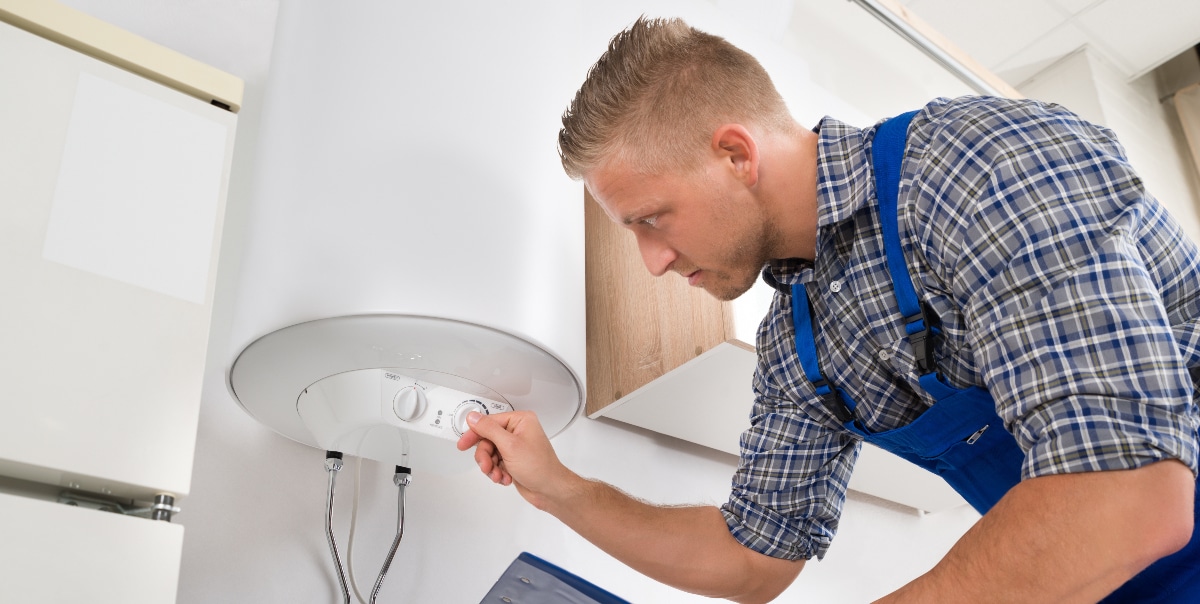Everyone will have their unique piece of advice on the subject of Water Heater Maintenance Tips You Can't Afford to Forget.

Hot water is important for daily convenience, whether it's for a rejuvenating shower or washing recipes. To ensure your hot water system runs successfully and lasts longer, normal maintenance is vital. This post provides sensible ideas and insights on just how to preserve your home's hot water system to stay clear of interruptions and costly repair services.
Introduction
Keeping your home's hot water system might appear difficult, but with a couple of simple actions, you can ensure it runs smoothly for several years to find. This overview covers whatever from recognizing your hot water system to do it yourself upkeep tips and recognizing when to hire specialist help.
Relevance of Maintaining Your Warm Water System
Routine upkeep not only prolongs the life-span of your hot water system yet also guarantees it operates effectively. Disregarding maintenance can cause decreased effectiveness, greater energy costs, and also premature failing of the system.
Indicators Your Hot Water System Requirements Upkeep
Understanding when your warm water system requires attention can stop significant issues. Watch out for indicators such as inconsistent water temperature, odd sounds from the heater, or rustic water.
Recognizing Your Warm Water System
Before diving right into upkeep jobs, it's helpful to comprehend the fundamental parts of your warm water system. Usually, this consists of the hot water heater itself, pipelines, anode rods, and temperature controls.
Regular Monthly Upkeep Tasks
Normal monthly checks can help catch minor problems prior to they intensify.
Purging the Water Heater
Flushing your water heater removes sediment buildup, enhancing effectiveness and extending its life.
Monitoring and Changing Anode Rods
Anode rods prevent rust inside the storage tank. Inspecting and changing them when broken is essential.
Evaluating and Adjusting Temperature Level Setups
Changing the temperature settings guarantees ideal performance and security.
DIY Tips for Upkeep
You can execute numerous upkeep jobs on your own to maintain your hot water system in top condition.
Checking for Leaks
Frequently examine pipes and connections for leakages, as these can bring about water damage and greater expenses.
Checking Pressure Relief Valves
Testing the stress safety valve guarantees it works properly and prevents too much stress accumulation.
Insulating Pipes
Insulating warm water pipelines decreases heat loss and can conserve energy.
When to Call an Expert
While DIY maintenance is valuable, some concerns need professional proficiency.
Facility Problems Needing Professional Aid
Instances include significant leaks, electric issues, or if your hot water heater is regularly underperforming.
Regular Expert Maintenance Conveniences
Expert upkeep can consist of detailed assessments, tune-ups, and guaranteeing conformity with security criteria.
Final thought
Regular upkeep of your home's hot water system is essential for effectiveness, longevity, and expense financial savings. By adhering to these suggestions and understanding when to look for professional aid, you can guarantee a trusted supply of hot water without unanticipated interruptions.
Water Heater Maintenance Tips
Test the TPR Valve
Shut off the power and the cold-water supply valve. Place a bucket under the pipe connected to the temperature-pressure-release (TPR) valve on the top or side of the tank. (This valve opens if the tank pressure gets too high.) Lift the valve’s tab to let some water out, then let go. If water keeps flowing, drain the tank partway, unscrew the old valve with a pipe wrench, and install a new one. Check the Anode Rod
Put a hose to the tank’s drain cock and let out a few gallons of water. Now fit a 1 1/16-inch socket onto the rod’s hex head on top of the heater (or under its top plate) and unscrew the rod. If it’s less than ½ inch thick or coated with calcium, buy a new one, wrap its threads with Teflon tape, put it back in the tank, and tighten securely. Use this segmented rod if headroom above the tank is limited. Drain the Tank and Wash Out Sediment
Drain the remaining water in the tank into the bucket, then stir up the sediment on the tank’s bottom by briefly opening the cold-water supply valve. Drain and repeat until clean water comes out of the hose. Close the drain cock, refill the tank, and turn its power back on. Adjust the Temperature
Find the temperature dial on the side of the tank and unscrew its cover. Adjust the dial to 120 degrees using a flathead screwdriver. For every 10 degrees the temperature is lowered, you can expect to save up to 5 percent in energy costs. Turn the water heater off or the thermostat down to its lowest setting if you plan to be away from home for more than three days. Insulate the Pipes
Buy some self-sticking 3/8-inch-thick foam pipe insulation that matches the pipes’ diameter. Slide the foam over the hot-and cold-water pipes as far as you can reach. Insulating the cold-water pipe prevents condensation in summer. Peel the tape and squeeze the insulation closed. If the pipe is 6 inches or less from the flue, cover it with 1-inch-thick unfaced fiberglass pipe wrap. https://www.thisoldhouse.com/plumbing/21016402/how-to-maintain-a-water-heater

I'm very fascinated with Tips For Maintaining Your Hot Water Heater and I hope you enjoyed the entire blog posting. So long as you enjoyed our blog post plz make sure you remember to share it. I am grateful for being here. Return soon.
Get Quote Now